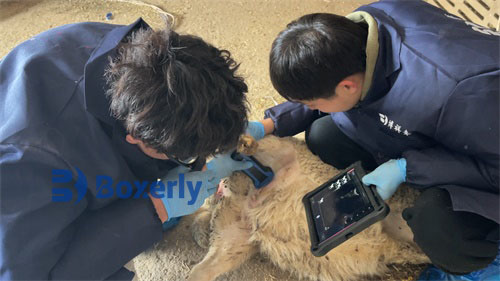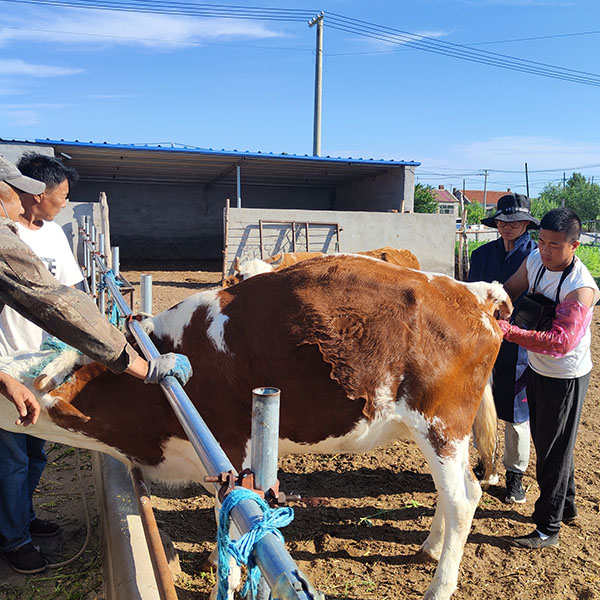Alpacas are highly valued for their soft, luxurious fleece, making them an essential part of the farming industry, especially in countries with cooler climates. Whether you are managing a small alpaca farm or a larger commercial operation, ensuring the health and well-being of your alpacas is crucial for their productivity and overall profitability. BXL alpacas Veterinary ultrasound offers a non-invasive, highly accurate way to monitor the health and reproductive status of alpacas. This cutting-edge technology helps veterinarians and farmers detect early signs of health issues, monitor pregnancy, and improve overall herd management. In this article, we’ll explore the benefits of BXL alpacas veterinary ultrasound, its various applications, and why it is a must-have tool for alpaca farmers.

What is BXL Alpacas Veterinary Ultrasound?
BXL alpacas veterinary ultrasound is a specialized ultrasound system designed for veterinary use in alpacas. Similar to other veterinary ultrasound systems, it uses high-frequency sound waves to create real-time images of the animal’s internal organs and reproductive system. These images provide valuable insights into the health of the alpaca, allowing veterinarians to diagnose conditions, monitor pregnancy, and assess the overall well-being of the animal without the need for invasive procedures.
BXL ultrasound systems for alpacas are designed to handle the unique anatomical structure of these animals. The equipment is built to provide clear, high-resolution images that can be used for pregnancy checks, reproductive health assessments, and general health monitoring.
How Does BXL Alpacas Veterinary Ultrasound Work?
BXL alpacas veterinary ultrasound works by emitting sound waves through a handheld probe, which is moved over the surface of the alpaca’s skin. These sound waves bounce off tissues and organs, and the echoes are then captured by the ultrasound machine, which processes them to create detailed images of the internal structures. The images appear in real-time on a monitor, allowing the veterinarian to assess the health of the alpaca.
Types of Ultrasound Probes for Alpacas
BXL ultrasound machines come equipped with different types of probes, each designed for specific uses:
Linear Probe: This probe is used for imaging superficial structures, such as the skin, muscles, and mammary glands.
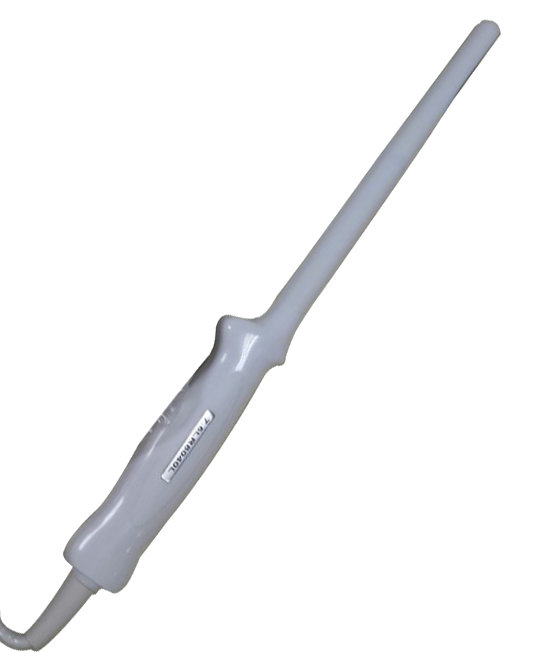
Convex Probe: Ideal for imaging deeper structures, such as the abdominal organs or reproductive system.
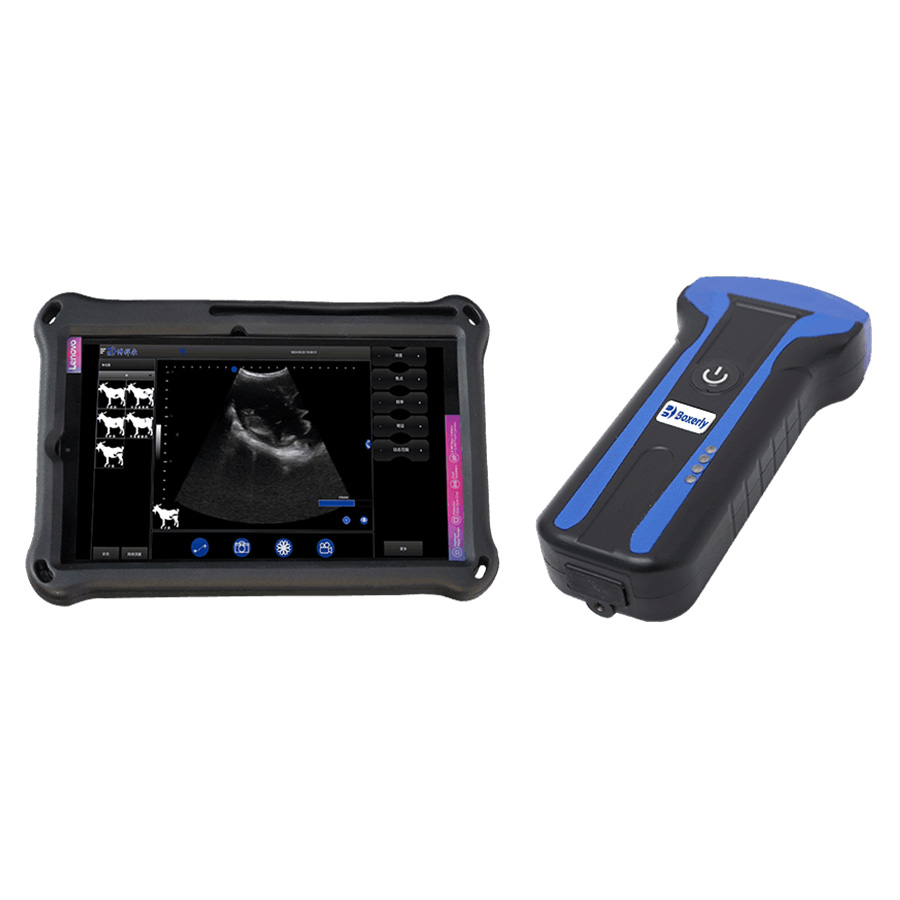
Endocavity Probe: This probe is used for internal imaging, such as pregnancy checks or reproductive health assessments, by being inserted into the rectum or vagina.
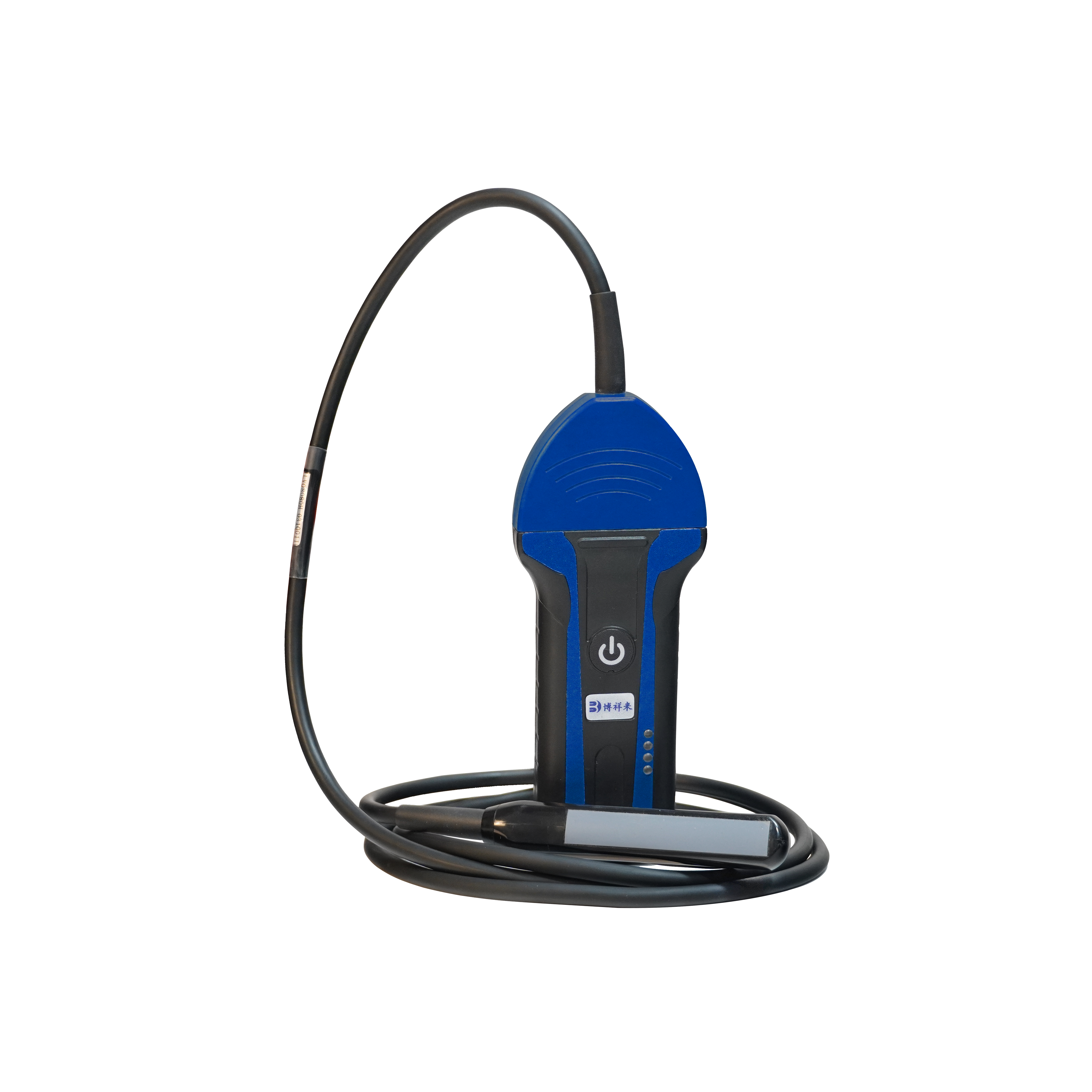
The Imaging Process
For a typical BXL alpacas veterinary ultrasound exam, the veterinarian applies a gel to the area being scanned to ensure proper sound wave transmission. The probe is then moved across the alpaca’s body to capture images of the internal organs or reproductive system. In some cases, internal exams may be needed, and the probe is gently inserted into the rectum or vagina to get a closer look at the reproductive organs.
Applications of BXL Alpacas Veterinary Ultrasound
1. Pregnancy Diagnosis and Monitoring
One of the most common and important uses of BXL alpacas veterinary ultrasound is to monitor pregnancy. Early pregnancy detection and regular fetal monitoring are essential for alpaca farmers to plan for birthing, ensure the health of the mother and cria (baby alpaca), and detect any potential complications early on.
- Early Pregnancy Detection: Ultrasound allows for pregnancy confirmation as early as 30 to 45 days after mating, which is much earlier than traditional methods like palpation or blood tests. Early detection helps farmers make informed decisions regarding the care and feeding of the pregnant female.
- Fetal Health Monitoring: BXL ultrasound allows veterinarians to monitor fetal development, detect multiple pregnancies, and ensure that the cria is growing well and in the correct position for birth.
- Twins or Triplets Detection: Ultrasound is also effective for detecting multiple pregnancies, which can be challenging for alpacas and require more intensive management during pregnancy and birth.
2. Reproductive Health and Fertility
Maintaining good reproductive health is crucial for a successful breeding program. BXL ultrasound is a valuable tool for diagnosing reproductive issues and ensuring that alpacas are in optimal health for breeding.
- Ovarian Health: Ultrasound can help identify ovarian cysts, follicular abnormalities, or other issues that may affect fertility and the ability of female alpacas to conceive.
- Uterine Health: A healthy uterus is vital for a successful pregnancy. Ultrasound can help detect conditions such as uterine infections, fluid accumulation, or other reproductive issues that may affect fertility or pregnancy outcomes.
- Estrus Cycle Monitoring: Regular ultrasound exams can help track the estrus cycle in female alpacas, enabling farmers to time breeding more effectively and improve conception rates.
3. General Health Monitoring
In addition to reproductive health, BXL ultrasound can be used for general health monitoring. It allows veterinarians to assess the internal organs of alpacas for signs of disease, infections, or other health issues that may not be visible through physical exams alone.
- Abdominal Health: Ultrasound can detect gastrointestinal problems, kidney disease, liver issues, or signs of internal infections that could affect the alpaca’s overall health.
- Mammary Gland Monitoring: For lactating female alpacas, ultrasound can be used to check the condition of the mammary glands and udder for signs of mastitis or other issues that could impact milk production.
- Musculoskeletal Issues: Alpacas are prone to musculoskeletal injuries, particularly in their joints and legs. Ultrasound can help detect tendon or ligament damage, inflammation, or arthritis, ensuring that the alpaca receives appropriate care.
4. Lameness and Injury Diagnosis
Alpacas are known for their agility and mobility, but they can also suffer from injuries related to their joints, tendons, and ligaments. BXL alpacas veterinary ultrasound helps diagnose these types of issues by providing a clear view of soft tissues that may be damaged.
- Soft Tissue Injuries: Ultrasound allows veterinarians to assess damage to the muscles, tendons, and ligaments, helping diagnose strains, tears, or inflammation.
- Joint Health: If an alpaca is limping or showing signs of lameness, ultrasound can be used to check for joint issues, such as arthritis or cartilage damage.
Benefits of BXL Alpacas Veterinary Ultrasound
1. Non-Invasive and Stress-Free
One of the major advantages of BXL alpacas veterinary ultrasound is that it is non-invasive. Unlike surgeries or blood tests, ultrasound provides a way to assess the health of alpacas without causing significant stress to the animal. This is particularly important for pregnant females, as minimizing stress is crucial for the health of both the mother and the cria.
2. Real-Time Imaging for Accurate Diagnosis
Ultrasound provides real-time images, which means veterinarians can assess the alpaca’s health and make quick decisions. Whether it’s monitoring pregnancy, detecting reproductive issues, or diagnosing internal health problems, the ability to see images immediately allows for prompt treatment and intervention.
3. Early Detection and Proactive Health Management
With BXL alpacas veterinary ultrasound, early detection of health issues is possible. Whether it’s a pregnancy complication, reproductive problem, or internal disease, catching these issues early allows farmers to take proactive steps to treat the problem and prevent it from escalating.
4. Improved Reproductive Efficiency
Regular use of ultrasound in breeding programs helps improve reproductive efficiency. By providing detailed information on the health of female alpacas, veterinarians can make more informed decisions about breeding schedules, enhancing the chances of successful conception and healthy births.
5. Cost-Effective Long-Term Benefits
Although the initial cost of purchasing ultrasound equipment may seem significant, the long-term savings can be substantial. Early detection and treatment of health issues help reduce veterinary costs, prevent serious diseases, and increase the overall productivity of the alpaca herd.
Cost of BXL Alpacas Veterinary Ultrasound
The cost of BXL alpacas veterinary ultrasound can vary based on factors such as location, the complexity of the exam, and the type of procedure. On average, basic ultrasound exams for pregnancy detection may range from $100 to $250 per alpaca, while more specialized exams, such as reproductive health assessments or musculoskeletal injury evaluations, may cost more. Despite the initial investment, the benefits of early detection, improved fertility, and better herd management often outweigh the costs.

